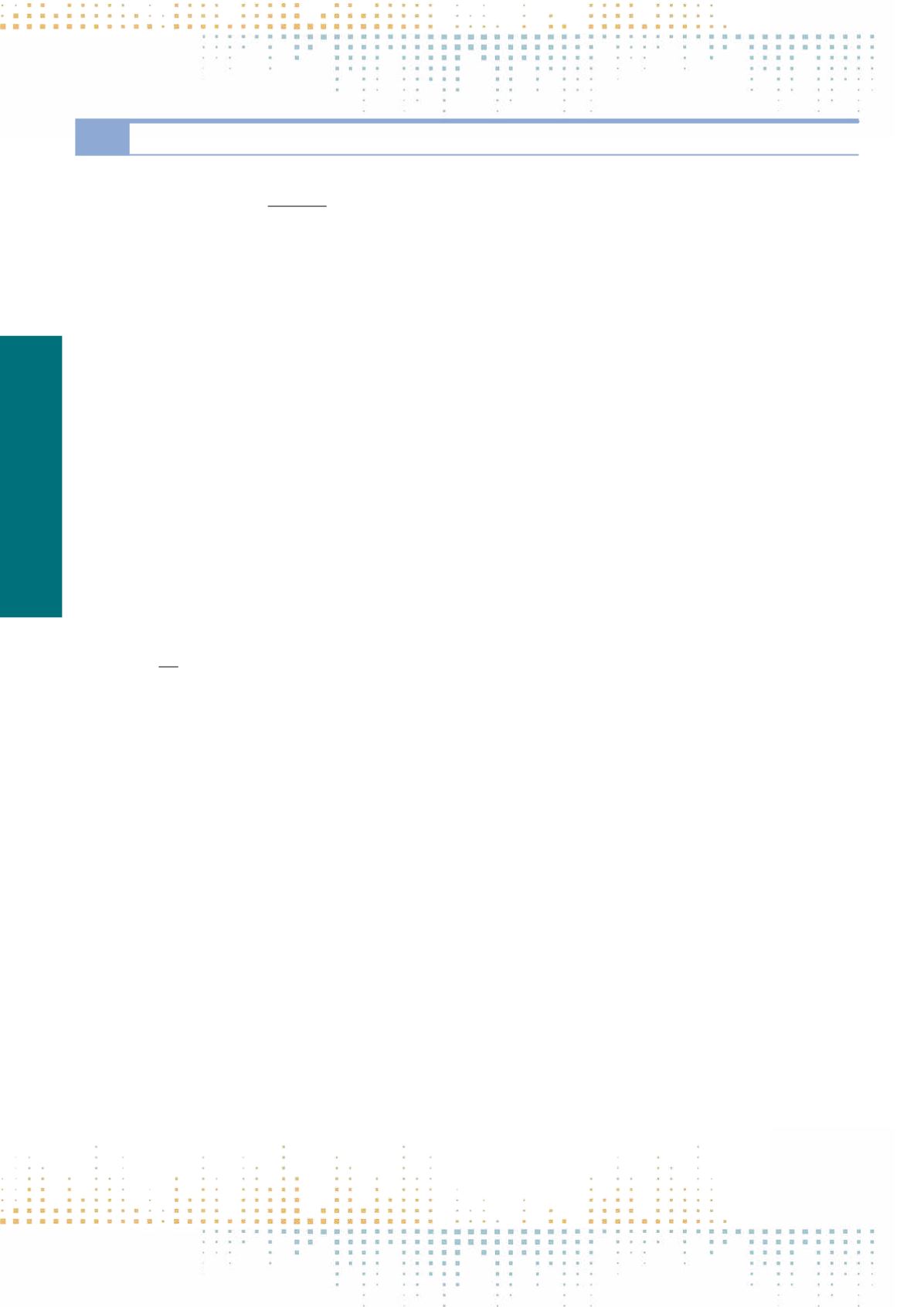

524
Friday, November 11
0 9 : 0 0 – 1 0 : 3 0
POL08
Odd Technical System
PP 277
Facts or Fiction? How the Media Use Opinion Polls
P. Oleskog Tryggvason
1
, J. Stromback
1
1
University of Gothenburg, Journalism- Media and Communication, Gothenburg, Sweden
One key feature of contemporary political news journalism is the use of opinion polls. Across countries such as the United States, Germany and Sweden,
studies have shown that opinion polls constitute an important but also problematic part of the media coverage of politics (Holtz-Bacha & Strömbäck, 2012).
While defenders of the media’s use of opinion polls argue, among other things, that polls allow journalists more independence from political actors and
send the symbolic message that the voice of the people matters (Lavrakas & Traugott, 2000), critics argue, among other things, that the use of opinion
polls “extends beyond reason” (Patterson, 2005, p. 722) while contributing to the framing of politics as a strategic game (Aalberg et al., 2012). There is
also a significant body of research suggesting that the publication of opinion polls might influence the very public opinion they are supposed to represent
(Rinke & Moy, 2012). The media’s use of opinion polls is however not only a matter of quantity or the effects of the publication of opinion polls. It is also
a matter of how the media use opinion polls. In that context, two aspects are particularly important. The first concerns the extent to which the media,
when publishing opinion polls, also publish the methodological information necessary for evaluating the poll as recommended by organizations such as
the World Association for Public Opinion Research (WAPOR). The second concerns how journalists interpret changes across polls, more precisely to what
extent journalists take statistical uncertainties into account when covering changes across opinion polls. While previous research suggests that the media
often fail to include basic methodological information (Strömbäck, 2009; Welch, 2002), there are however very few studies covering multiple election and
patterns across time. There are also very few studies on whether journalists take statistical uncertainties into account when covering the results of opinion
polls (Bhatti & Pedersen, 2015). Against this background, the purpose of this paper is to investigate the media’s use of opinion polls across time, with a focus
on (a) the extent to which the media publish the methodological information needed to assess the opinion polls and (b) the extent to which the media
take statistical uncertainties into account when interpreting changes across opinion polls. The study will focus on the case of Sweden. To investigate (a),
the study will make use of comprehensive content analyses of all major news media across the national elections between 1998 and 2014. To investigate
(b), the study will focus on how the major national newspapers covered all the polls done in collaboration with particular pollsters during 2014. The ra‑
tionale for focusing on these polls is that in these cases, the media have a direct relationship with the pollster and exclusive access to the underlying data;
hence, if they fail to show an awareness of statistical uncertainties when covering these polls, they are even less likely to take statistical uncertainties into
account when covering other polls.
PP 278
Media Systems and News Production: Based on the Content Analysis of British and German News Coverage About Welfare Reform
D. Li
1
1
Free University of Berlin, Department of Political and Social Sciences, Berlin, Germany
Media system refers to all media that operate in a particular social and political system and their form of organization. In general, media system functions
in accordance with national boundaries. Nevertheless, Hallin and Mancini have compared the media systems of eighteen developed capitalist democracies
in North America and Europe. In their study, a new conceptual framework for comparative media systems research has been developed that turned out to
be a significant contribution to analyze similarities and differences of media and politics systematically. Since then, a lot of case studies and comparative
researches about media systems have sprung up. However, how to explore media systems at the macro level by means of concrete news coverage and
the relationship between media systems and news production still remains a new research field that can expand the scope of comparative studies. Accord‑
ing to the framing theory, the media and journalists focus on some parts of the event and certain actors and then place them into information meaning
construction that could influence the choices audiences make about how to understand the information. As another point of the view, sources of informa‑
tion are selected and not every actor in the society has an opportunity to“speak out”in news reports and public discourse. Some individuals or groups have
enough political power and social influence to be visible in a broader public, but others do not have. By comparing the similarities and differences in terms
of the state system, political structure and cultural background between Britain and Germany, this article proposes the propositions that in the news cover‑
age of a policy issue, the appearance of government speakers who are being quoted is more frequent in Britain than in Germany; political parties and social
organizations appear more frequently in Germany than in Britain; individuals are more likely to be visible as speakers in Britain than in Germany. Then, this
study has carried out a content analysis of four major newspapers in Britain and Germany: The Times, The Guardian, DieWelt and Die Süddeutsche Zeitung.
506 articles that qualified as being about “welfare reform” from 2009 to 2015 and includes more than three paragraphs have been coded, about one-half
from each country. The result has shown how different categories of actors are given the chance to debate about welfare reform and how this changed over
time in the media. It reflects that political, social-cultural and economic components interact with the media system and the interaction process will affect
news production in both countries.



















